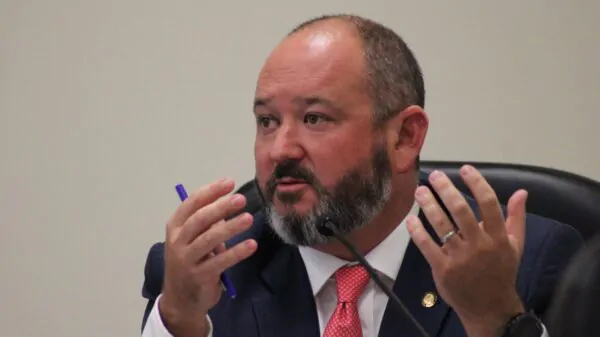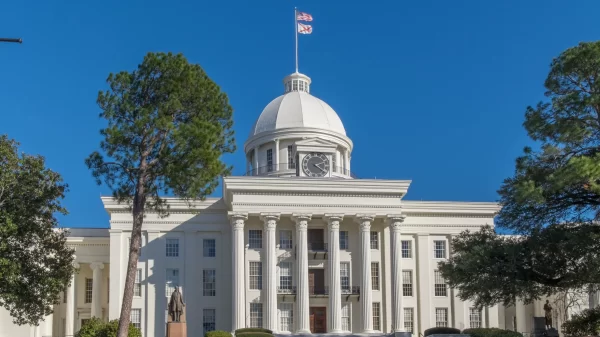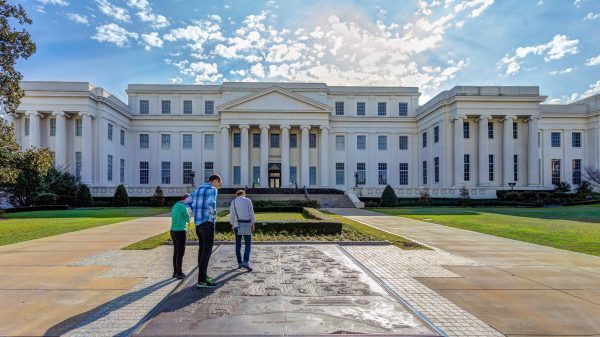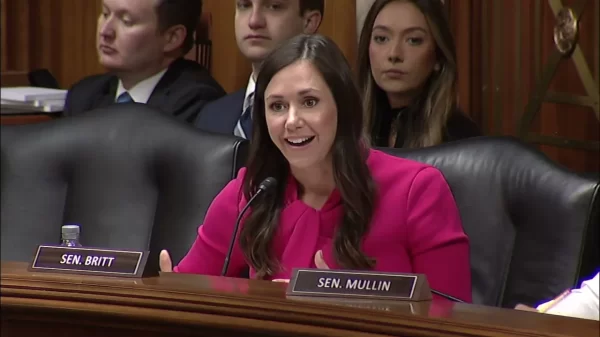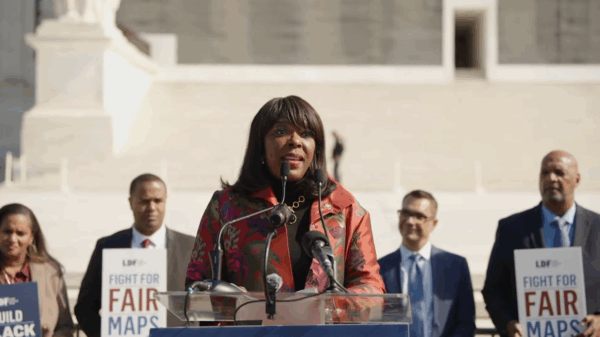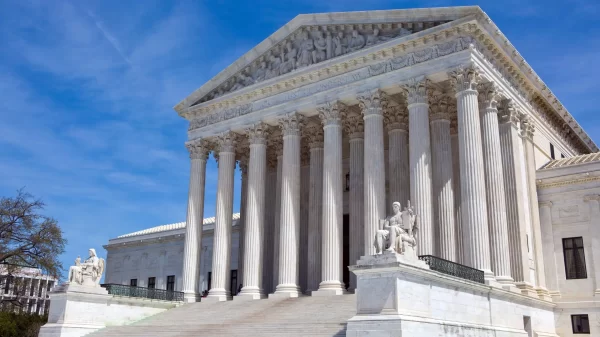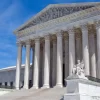By Byron Shehee
Alabama Political Reporter
In 2010, after the census was completed and the Republicans won the legislature for the first time since Reconstruction, the Republican leadership determined the boundaries for each district in the Alabama State House and the Alabama State Senate.
Since the census in 2000, some districts experienced large population shifts. Those shifts required that new people be drawn into the under-represented districts to fulfill the “one person, one vote” requirement, which as you may know, requires legislative districts to be relatively equal in population from one district to another. States do have some discretion in that the number of people can vary by no more than ten percent from the smallest to the largest district.
The Alabama Legislative Black Caucus vs. Alabama is currently before SCOTUS because the Alabama Legislative Black Caucus (ALBC) claims race was the primary factor in the 2010 redistricting. The State maintains that party affiliation, not race, was the deciding factor in the redistricting. Further, it seems the Republicans did their best to satisfy previously determined requirements from the court by making sure the same number of districts were drawn as minority-minority districts. While it may seem this case is about simply “packing and stacking” voters, it is not.
To further complicate things, in the Shelby County decision, SCOTUS recently found the provision in the Voting Rights Act that requires a state with a history of discriminatory election laws to get permission from the Federal government before changing its voting practices is unconstitutional. Specific to this case, that means the court could still enforce Section 5 of the Civil Rights Act due to Alabama’s redistricting occurring before the Shelby County decision.
It’s important to understand that gerrymandering is allowed under the law in cases where race is not the deciding factor. This case could, in fact, be one of those cases. So the questions that seemingly need to be answered are: where does partisan gerrymandering end; where does gerrymandering based on race begin; and what was the Republicans intent when drawing the districts?
To add to the complexity, there seemed to be differing opinions from the state and within the circle of justices. Some involved with the case indicated they defined retrogression as any change to a minority’s voting percentage; others indicated there is a certain percentage of voters that can be shifted without triggering retrogression. The Chief Justice condescendingly asked if the court is supposed to find the “sweet spot?”
Who knows what the court will do or address?
The court could reject the racial gerrymandering claim altogether. Since John Roberts became the Chief Justice, it seems the court has made eliminating classifications based on race a priority. Roberts has previously said, “the way to stop discrimination on the basis of race is to stop discriminating on the basis of race.”
Second, the court could ask that the case be returned to the lower court to better define the issues, namely the Republican’s intent when determining how the map was drawn and whether the ALBC filed on behalf of a single district or statewide. However, it seems Roberts does want the court to address the definition of retrogression, so the case may not be sent back to the lower court.
Finally, the court could reject the Republican’s plan altogether, allowing new districts to be drawn. If this happens, the new plan would not be subject to Voting Rights Act due to the Shelby County decision.
Either way, let’s just hope the justices don’t get tired of seeing us after these issues are resolved. We’ll probably have a few more questions that need answering, either before or after the next redistricting.




